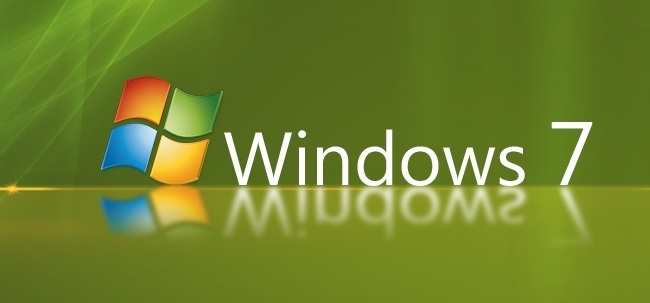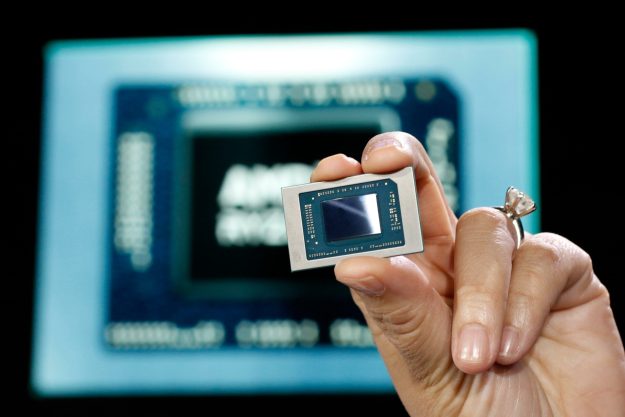
Windows 7 is adding users like Facebook. Today, Microsoft has reminded us again of its dominance, reporting that it has sold 400 million licenses for the OS in the 20 or so months since its debut. This comes about three months after the April news that sales had breached 350 million and remember, it was only a year ago (in July 2010) when Microsoft was boasting that Windows 7 had sold a, now unimpressive, 175 million licenses. According to a new blog post, the tech giant is now selling 7 copies of Windows 7 every second, with the OS now reaching 27.3 percent of all PCs worldwide.
But what about Windows 8? The new OS is set to debut in 2012 and has looks nothing like Windows 7. It appears that Microsoft is positioning Windows 7 as a bit of an equal to Windows 8, stating that many businesses may be “running a combination of Windows 8 devices and apps alongside Windows 7 PCs and apps.” Hopefully we’ll get clarification on what that means in the coming months.
Aside from the good sales report, Microsoft kicked off its annual Worldwide Partner Conference yesterday where it announced the beta for the next version of Windows Intune. The company has also posted impressions of Sony’s VAIO SA premium utlrathin laptop, which could get up to 15 hours of battery life.
Editors' Recommendations
- Microsoft says disabling these two Windows 11 features will boost gaming performance
- Windows 7 has been dead for a year, but 100 million PCs still use it
- Microsoft’s full-screen pop-up warns about the end of Windows 7 support


